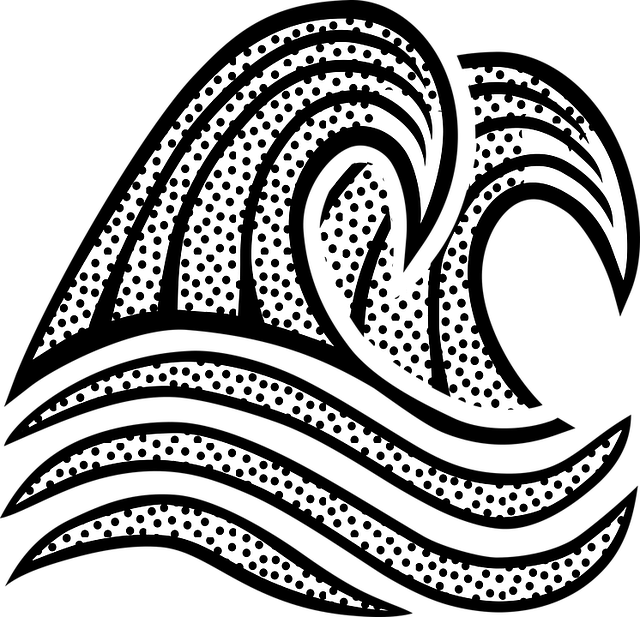What does it do?
Not to be confused with its more harmful sibling chlorine, chloride is chlorine with an extra electron. Yet just as we associate chlorine with swimming pools, chloride similarly has a lot to do with water and fluid. Essential for helping to maintain the correct balance of fluids and electrolytes in the body, it also helps to maintain the correct osmotic balance inside and outside of cells. As hydrochloric acid (clue’s in the name), it plays a major role in helping to digest food once it reaches your stomach.
What’s the story?
Its best pal is sodium, and as sodium chloride aka plain old table salt, it makes up 60% of the white stuff. It’s very hard to be deficient in chloride, unless you’re severely restricting levels of salt in your diet or lose a lot of liquid through sweating, diarrhea, or vomiting.
How much do I need?
Both adult men and women aged 19 and over need 2,500 mg per day.
What are good sources?
Fruit and veg are the way to go when it comes to chloride, although of course the majority of us get most of our chloride from salt (where it partners with best friend sodium to produce sodium chloride, which is of course better known as table salt to most of us.) Foods with higher amounts of chloride include seaweed, rye, tomatoes, lettuce, celery, and olives.
Any ideas for using those ingredients?
Hunter's chicken/tomatoes and pomegranate salad/samphire, garlic and tomato/sardine salad with apple and olives
References
British Nutrition Foundation (2021) Nutrition Requirements. Available here.
Sarubin Fragaakis A, Thomson C. (2007)The Health Professional's Guide to Popular Dietary Supplements . 3rd ed. Chicago, Il: American Dietetic Association.
